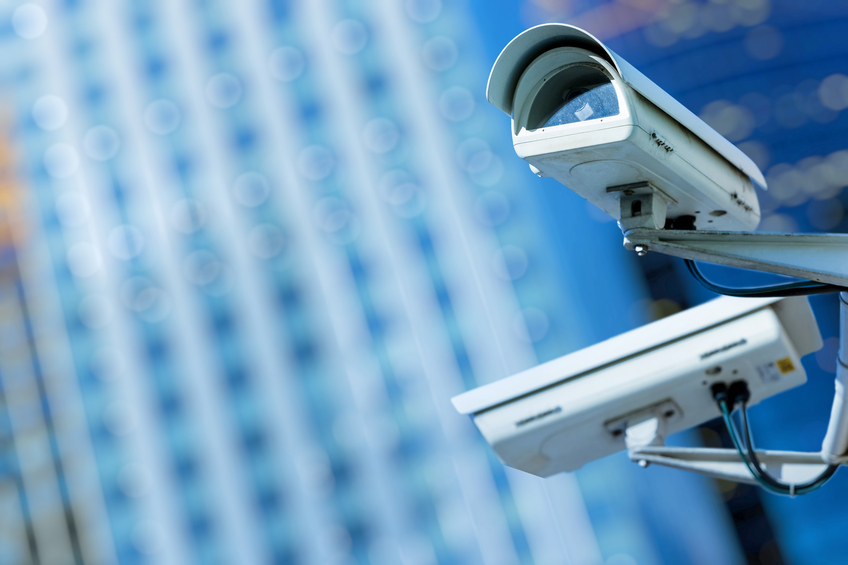This blog post is a preview of GovLoop’s online course, “The Value of Video in Government: Maximize Body-Worn Technology for the Public Sector.”
One type of complex data that is making waves in the big data movement – particularly in the public sector – is video. From covering important events to 24/7 monitoring of major transportation hubs, video has become a strategic source of information, insights, and intelligence for government organizations. Major cities throughout the world are mounting video surveillance cameras to watch over streets, mass transit, parks, and other public places. What’s more, at least 29 states are considering or have passed legislation mandating their police officers use body-worn cameras.
And beyond simple surveillance, video is being used in all sorts of meaningful ways. It’s being monitored for anomalies across enterprises, analyzed to create unique insights, stored to provide evidence, and even made public to inform citizens. The uses for video surveillance data in government are endless and multiplying everyday.
Particularly in recent years, the application of video surveillance in law enforcement has been used to assist and protect first responders. These new wearable video cameras and analytic applications are capturing more evidence than ever, for both the judicial system and the public. And with a workforce of over 1 million police officers, 1.4 million firefighters, 240,000 federal law enforcement officers, and more than 40,000 public safety agencies in the United States, this technology’s application to law enforcement could be astronomical.
Increasingly, governments are using video surveillance as a cost effective means to keep an eye on mass transit systems, parks, schools, highways, stadiums, government buildings and other public spaces. State and local leaders are expanding their use of video surveillance to not only improve public safety but also reduce the costs associated with crime. Police and prosecutors are not the only officials relying on video footage.
Video surveillance has also been a powerful aid during natural disasters, allowing responders to identify imperiled areas, manage emergency response teams more effectively, keep the public informed and document rescue missions for future training purposes. Video surveillance during Hurricane Sandy, for example, allowed the New York Port Authority to monitor subway stations for flooding and thereby keep passengers out of harm’s way.
Implementation of Body Cameras in Rochester, NY
One of America’s first boomtowns, the city of Rochester is home to more than 200,000 residents and the center of a metropolitan area of over one million people. Like any urban center, Rochester strives to preserve public safety and deliver city services as efficiently as possible, through judicious use of taxpayer dollars. IT plays an important role by providing productivity solutions such as email and virtual desktops to city workers.
E-mail is critical for communication among its 3,000 employees, so the city must provide reliable application performance at all times. And about 200 of those employees, including law enforcement officers, use virtual desktops to communicate and access the information they need to do their jobs in the field. If the systems and applications aren’t responsive, productivity is impacted.
However, the city was experiencing critical challenges to email and desktop performance. They were experiencing up to 30 milliseconds latency during peak periods. They knew they had to improve performance as they upgraded to Exchange 2013.
In addition to the email upgrade, the city also launched new data-intensive initiatives to improve public safety. The first project was 350 digital surveillance cameras placed strategically throughout the city. The Rochester Police Department was also planning an upcoming body-worn camera program for law enforcement officers that would generate petabytes of video data. The city knew they needed a reliable enterprise-class solution that could store and archive this video data while keeping costs down.
Ryan Strecker, a systems engineer with the City of Rochester, explained saying: “Supporting a bodycam initiative involves a lot of storage, so it’s important to keep costs down and density high. But we also needed an enterprise-class solution that would be reliable enough to archive video that could be valuable in a courtroom situation.”
To optimize performance, the city decided to dedicate an all-flash array to its customer-facing website and Microsoft Exchange Server environment. Alongside the flash technology initiative is the city’s policy bodycam initiative. The City of Rochester selected NetApp E-Series systems for this high-density video storage solution. Rochester was already familiar with NetApp E-Series’ price, density, and reliability—all critical factors in supporting a police bodycam program. The city also selected E-Series as its backup target for Exchange and other applications.
With the video data solutions, Rochester can continue to enhance public safety through technology innovation. The city now has enough storage capacity to deploy more surveillance cameras, a proven crime deterrent, and high-performance virtual desktops give police faster access to information while on patrol, helping them to be effective in the field.
To learn more about how to best harness bodycam data and technology at your agency, check out our free online course.






Leave a Reply
You must be logged in to post a comment.